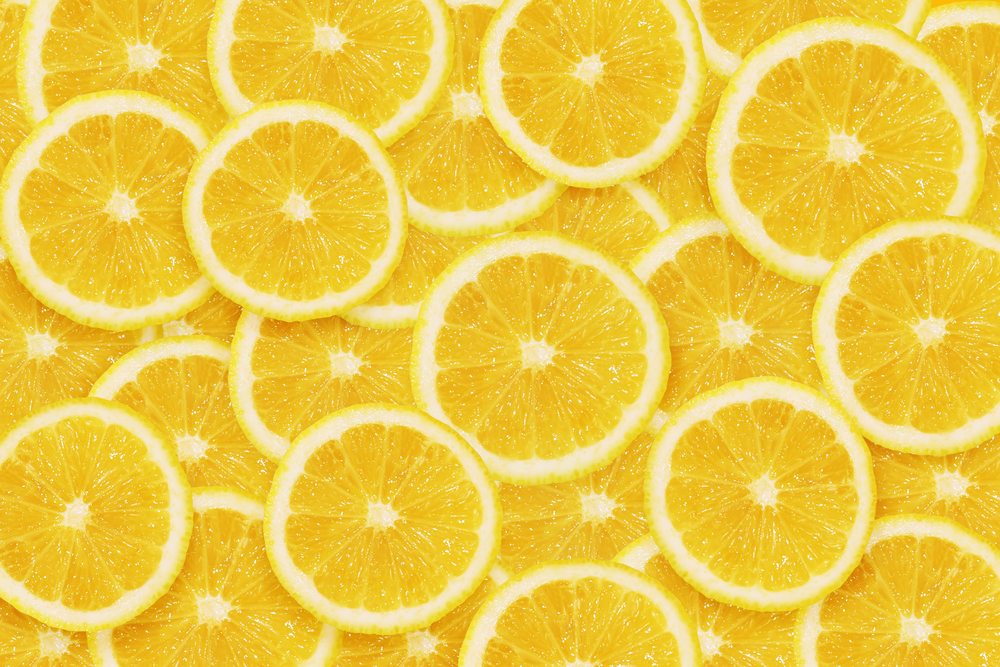
Healthy Alphabet: L is for…Five Foods that are Good for You
We are constantly bombarded with information about what we should and shouldn’t be eating which can become confusing.
Caymanrestaurants.com has decided to go for a simple approach and provide an alphabetical guide to some of the healthiest foods you can add to your diet.
We’ll be going from A-Z and listing up to five fruits and vegetables that are packed with minerals and vitamins while also providing nutritional facts on their health benefits.
We’ve covered A-K. Now let’s take a look at L.
Lemons

Lemons are believed to have originated in India before spreading into northern Burma and China.
Christopher Columbus is said to have introduced lemons to the Americas in 1493 when he brought the seeds on his voyages.
Lemons have a multitude of uses including culinary and medicinal. They are a good source of dietary fibre, vitamin C, vitamin B6, potassium, calcium and copper as well as iron and magnesium.
They can also be used around the house as insect deterrents and in beauty products to treat dandruff and rough dry skin.
Nutrition facts (1 fruit without seeds):
*21.6 calories
*5.1 grams of dietary fibre (20% of daily value (DV))
*83.2 milligrams (mg) of Vitamin C (139% DV)
*0.3 mg of copper (14% DV)
*0.1 mg of vitamin B6 (6% DV)
*65.9 mg of calcium (7% DV)
*0.8 mg of iron (4% DV)
*13.0 mg of magnesium (3% DV)
Lettuce

Lettuce comes in several varieties including iceberg, arugula, romaine and butterhead.
‘Head’ lettuces are firm and tightly-packed with a central core or heart surrounded by crisp leaves. Leafy lettuces generally have a soft texture and looser leaves which can be picked individually.
Lettuce is a rich source of vitamin A and K. It is a versatile vegetable and can be used in salads and sandwiches.
Nutrition facts (1 medium-sized head of iceberg lettuce):
*75.4 calories
*6.5 grams of dietary fibre (26% DV)
*4.9 grams of protein (10% DV)
*130 micrograms (mcg) of vitamin K (162% DV)
*156 mcg of folate (39% DV)
*760 mg of potassium (22% DV)
*2705 international units (IU) vitamin A (54% DV)
Leeks

Leeks are part of the same family as garlic and onion. They can be eaten raw when they are young, but when cooked they have a delicate flavour with a touch of sweetness.
Leeks contain Kaempferol, an antioxidant which is said to reduce the risk of cancer and premature aging.
The green tops of leeks are also a potent source of antioxidants that can help to reduce the risk of eye-related problems including cataracts.
Nutrition facts (1 leek):
*54.3 calories
*1.6 grams of dietary fibre (6% DV)
*41.8 mcg of vitamin K (52% DV)
*57.0 mcg of folate (14% DV)
*0.2 mg of vitamin B6 (10% DV)
*1.9 mg of iron (10% DV)
*0.4 mg of manganese (21% DV)
*10.7 mg of vitamin C (18% DV).
Lentils

Lentils are red, green or brown pulses primarily grown in the middle East and India.
Lentils are easier to digest that other legumes and are a great source of protein especially for people who don’t eat meat. They are also a good source of essential vitamins and minerals including iron, phosphorus, folate and manganese.
Nutrition facts (1 cup of mature seeds, cooked and boiled with salt):
*226 calories
*15.6 grams of dietary fibre (63% DV)
*17.9 grams of protein (36% DV)
*358 mcg of folate (90% DV)
*1.0 mg of manganese (49% DV)
*6.6 mg of iron (37% DV)
*356 mg of phosphorus (36% DV)
*0.4 mg of vitamin B6 (18% DV).
Lychees

The lychee (also known as litchi) is native to southern China, where it has been cultivated since 1059 AD according to documents.
Lychees have a red brittle shell, with white translucent flesh and a single large inedible seed. The flesh is sweet, sticky and juicy.
Lychees are rich in dietary fibre and loaded with vitamin C. They also contain several antioxidants which can fight flu viruses, improve blood circulation and protect the skin from UV rays.
Nutrition facts (1 cup):
*125 calories
*2.5 grams of dietary fibre (10% DV)
*136 mg of vitamin C (226% DV)
*0.2 mg of vitamin B6 (10% DV)
*26.6 mcg of folate (7% DV)
*0.3 mg of copper (14% DV)
*325 mg of potassium (9% DV)
*0.6 mg of iron (3% DV)
Watch out for the rest of the healthy food alphabet in this series to be published on Find Yello, and click to take a look at previous A, B, C , D, E , F , G, H, I, J and K articles.
Sources: The Food Coach / Nutrition Data / Epicurious / BBC Good Food / Medical News Today / Mercola
By Karen Rollins
Karen is the senior writer for Yello Media Group of which Caymanrestaurants.com is a subsidiary, and this article originally published on Findyello.com in 2020.
